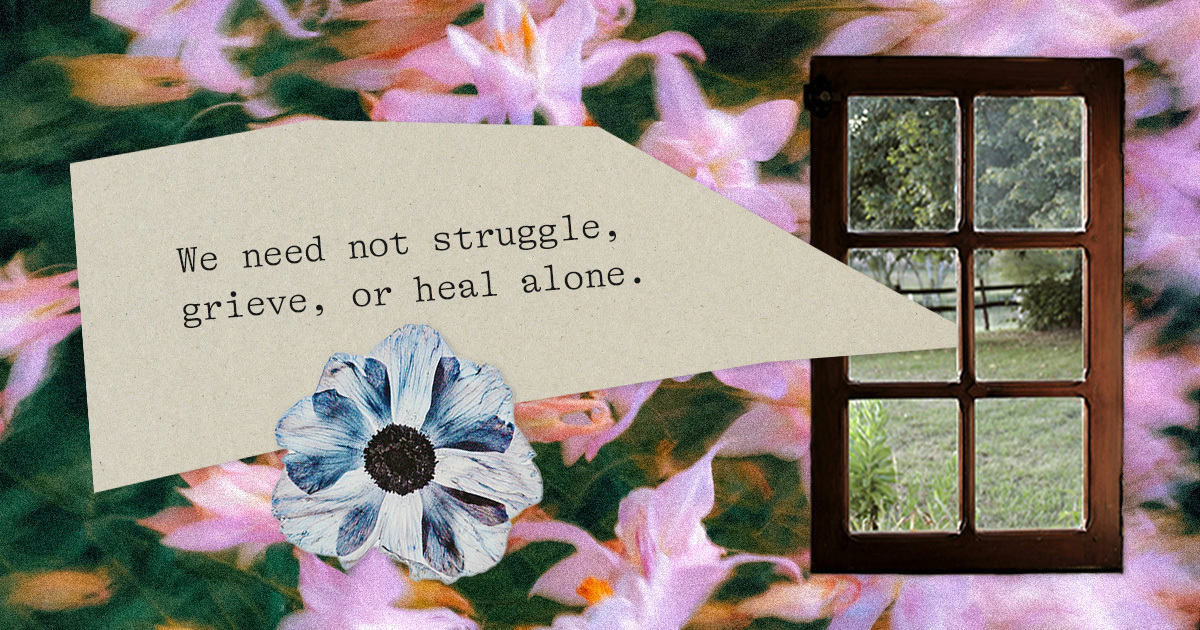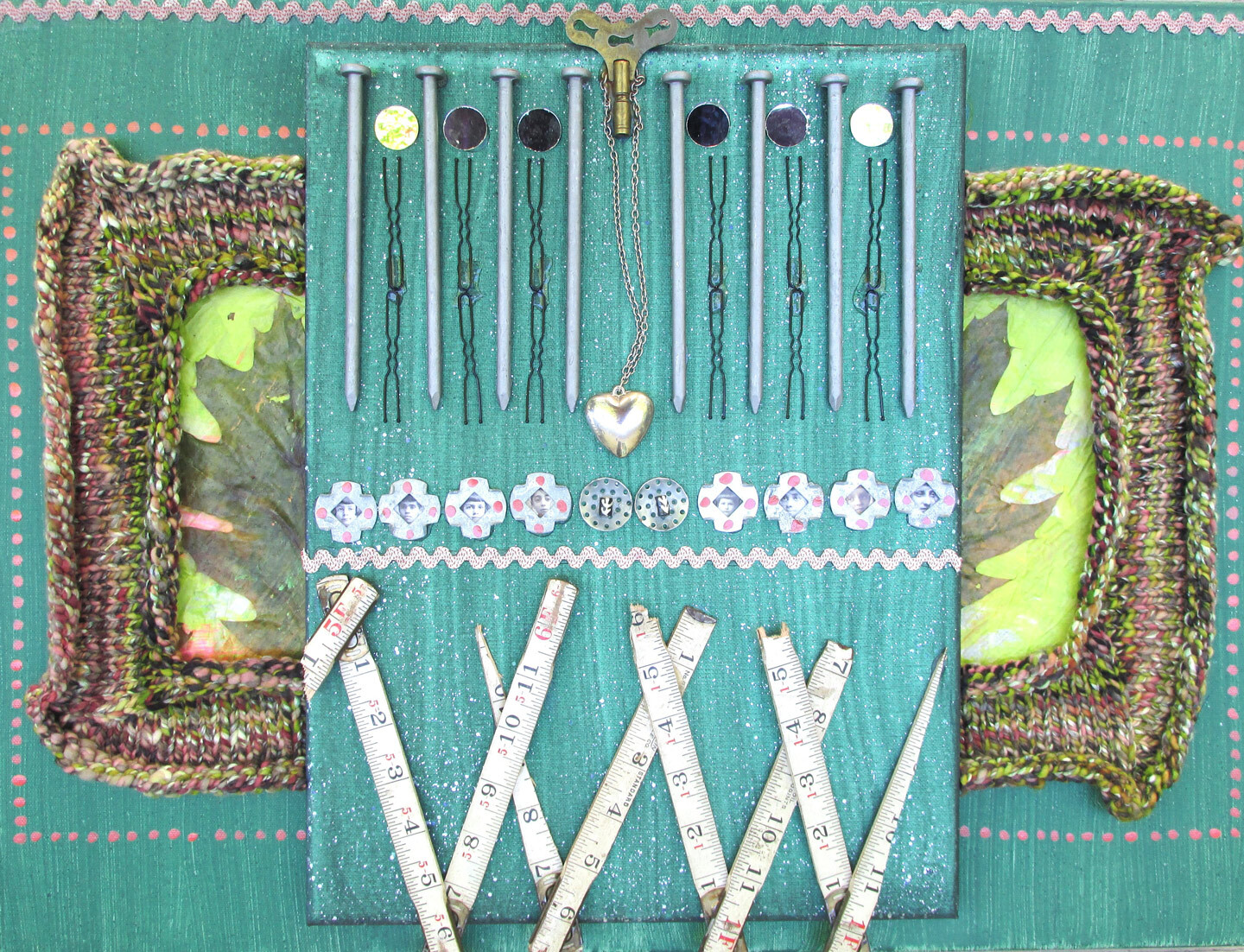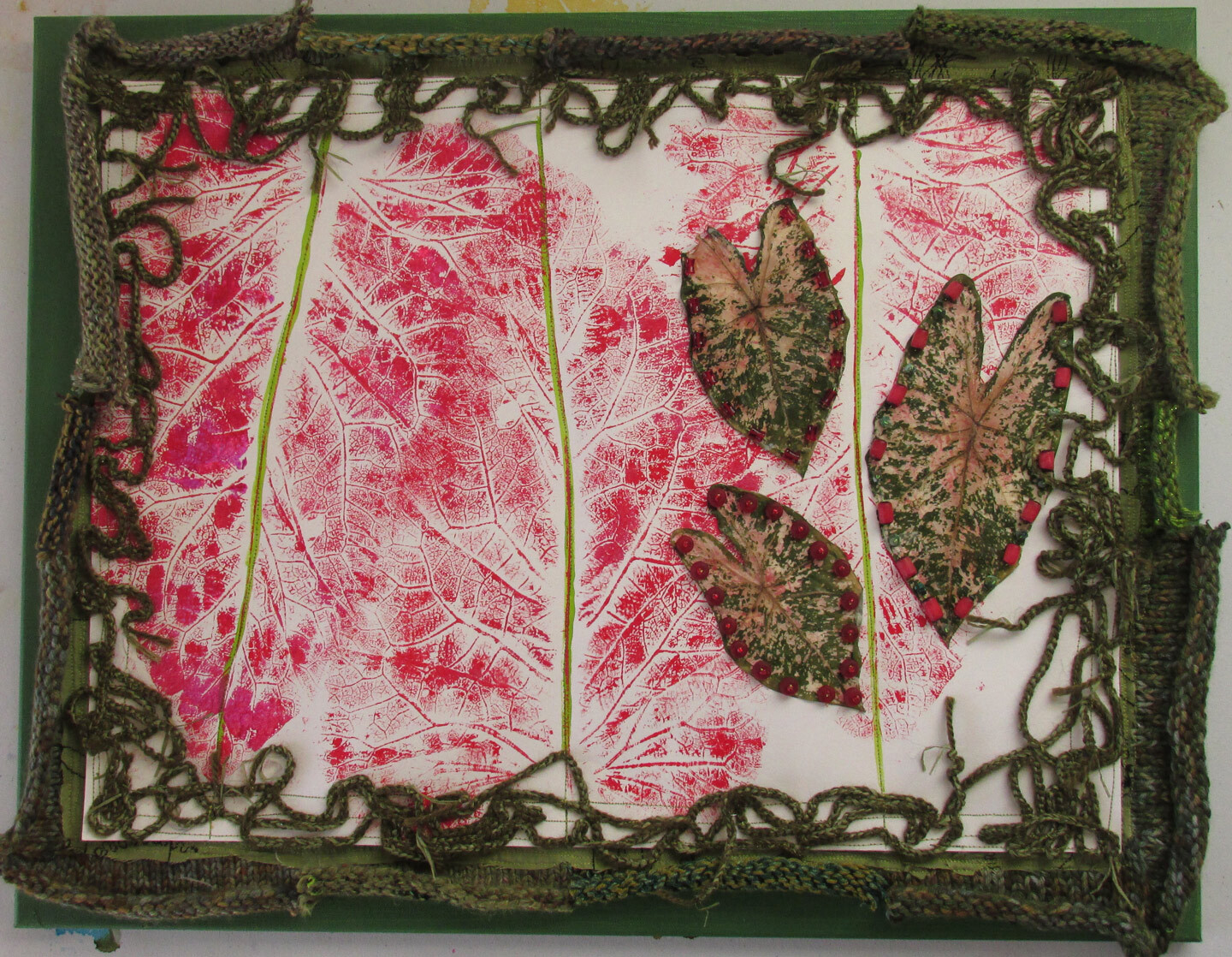Entering the kitchen, the lights were on, and his phone and glasses were left on the dining table. There was no music playing and the house was silent, which was unusual. I had texted him on the way home but got no response, which was usual. I looked around the bedrooms, but it seemed he was off on a walk in the park. After eating supper, I found myself irritated that he was not yet back. So I grabbed a flashlight and went out to the dark backyard. That’s when I saw his feet on the ground.
My world turned completely upside down in that moment. The life that I had known for the previous twenty-five years was totally changed.
Following his passing, I was constantly chilled. I awoke every day around 3:00 am and sat on the loveseat in the dark living room, sipping hot tea. The cats wandered around the house, looking. I had to go to the grocery store to buy tea bags. I spoke to my therapist via telehealth. I doubted I would ever feel creative or make art again. His truck was towed out of the garage and taken away. I enrolled in Medicare and Social Security. I purchased a pre-planned cremation package for myself due to the shocking cost of Tim’s. I saw a neurologist who diagnosed my head and hand wobbles as essential tremors.
After six months, the hysteria faded a bit. I read numerous books for survivors and searched online to find something offering insight and comfort. I found a local survivors’ support group in addition to a partner loss support group. I attended programs on bereavement at the funeral home that took care of Tim. I participated in two ekphrastic writing workshops with art displayed at the Flint Institute of Arts in Michigan. I started slowly making art on a small scale. My brother, sister-in-law, and two nephews helped to remove unneeded furniture and move around the furniture that stayed inside the house. People from Habitat for Humanity and St. Vincent De Paul arrived and carried away many things.
At some point, I came across my local American Foundation for Suicide Prevention’s “Out of the Darkness” community walk. I participated and raised funds in Tim’s honor. I walked along with six of Tim’s colleagues—which was an unsettling experience. How could I reveal my honest emotional state to these strangers during the walk? He passionately hated his workplace. I vowed to do better for myself when next year’s walk came around. Volunteering for the Lansing Chapter of AFSP has proven to be an exceptional emotional support in my life. Everyone openly laments their losses to suicide. Here is my survivor family, and no one wishes to be a family member. We all know that it sucks.
I attended Kevin’s Song Annual Conference in Plymouth, Michigan, which holds Saturday sessions strictly for survivors. The speakers, support group, and fellow survivors were life-changing—I felt glimmers of optimism for the future and inner strength to function again. (I returned in 2025 as a teaching artist to offer creativity to others suffering from lost loved ones, which renewed my survivor’s soul).
In time, my art practice clarified, and I focused on creating new works. My imaginative energy returned in full force. I had a solo exhibition at the University Art Gallery of Saginaw Valley State University. The artwork included pieces made after my devastating loss, reflecting hope for better days. My artist talk was well attended, and I glowed with positive feedback and joy at seeing the body of work in one space. Tim approved and accompanied me throughout the entire span of the exhibition. I began to have more good days than not-so-good days.

What can I say about the power of art? Art saved me by righting my upside-down world. I expressed powerful emotions visually that could not be verbalized or written. Altered forever, I reached inside and pulled out new ways of using my imagination to convey my spirit. I am determined that I must keep making art to keep moving forward. I do not want to become stuck in grief—I need to work with my hands, eyes, brain, and body to communicate everything in my soul. Mere words could not transmit enough energy for me. My loss needs something stronger—something like visual art.
The combination of attention and care from several close, empathetic friends and family members paired with rediscovering my creative verve saved my ass. Powerful, extraordinary love took action, swooping in and lifting me up to survive the worst thing that ever happened to me.
My resilience floundered in great loss, but other people supported my life continuing in love. We cannot live as survivors without non-judgmental support. Accepting assistance was life-saving—it affirmed that we are all connected and we need not struggle, grieve, or heal alone.


People need other people. You are not weak for wanting or needing support. If you’re seeking professional help, we encourage you to use TWLOHA’s FIND HELP Tool. If you reside outside of the US, please browse our growing International Resources database. You can also text TWLOHA to 741741 to be connected for free, 24/7 to a trained Crisis Text Line counselor. If it’s encouragement or a listening ear that you need, email our team at [email protected].
Walter Collins
God bless you. Thank you for sharing your story.
Candy Reiter
Your story grabbed me and at the end you will see why, merely because it is coincidental. I have been struggling through my own cycle of grief as I have been coming to terms with the loss of the my step- brother, who was recently killed on his motorcycle, a reckless driver charged with murder for talking on their phone while driving. He is the second close family member I have lost to murder. The other was lost to gun violence. His mom has always been like a second mom to me and his sister like my own. We literally grew up in each other’s homes. This was my dad’s nephew. The step-brother I lost, my dad’s step-son. Before you form stereotypes in your mind, I’m white and live in the suburbs. It’s not supposed to be like this! We have been part of each other’s lives since before he was a thought and now he is gone. My parents are a mess. My step-mom goes to bed crying and my dad is angry at the stupidity. I am heartbroken my family is broken so I am on my way to them to spend as much time as I can to just be. To feel their warmth and just be. I need them right now and they need me.
TWLOHA
We are sending you love, Candy. We are so sorry for your loss. May you find healing, community, and support as you process and grieve this loss.